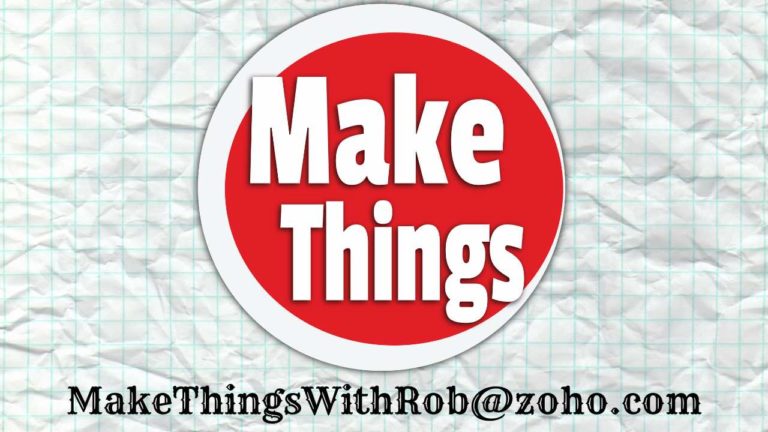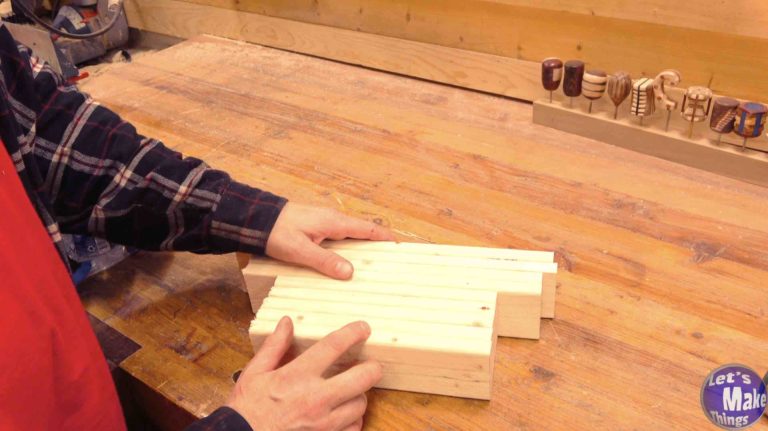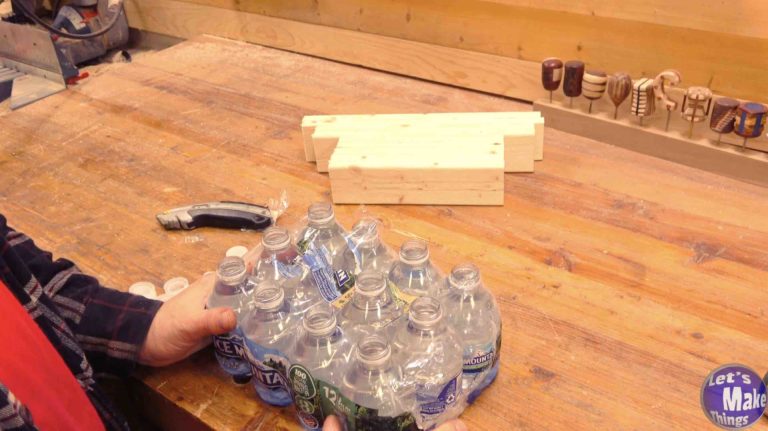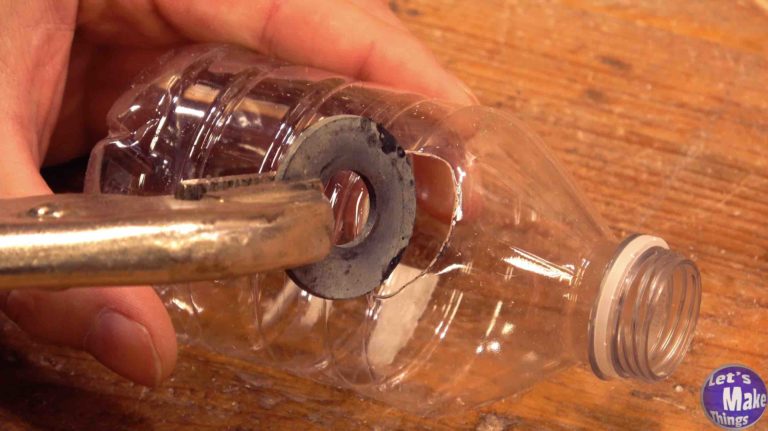Water bottle Rack
Fifteen years ago, I made this screw rack using quarter inch paneling. The jars, at one point, contained special formula for my preemie son. If I wanted to find these particular jars these days, I’m afraid I’d be a little out of luck.
I decided to update this rack…but the cost of store bought screw organizers made me shudder! Below, I worked out a system that I’m very happy with. Of course, you can make it as large as you want. You could also scrap the 3/4 inch pine and go with something thinner. It’s all up to you!

watch all steps in this video before starting
Please use the material and tool list below as a guide to finding the products locally.
Printouts
Materials
- (5) 3/4″ x 3 1/2″ x 9″ hard, soft or plywood
- (2) 3/4″ x 3 1/2″ x 12 1/4″ hard, soft or plywood
- (2) 3/4″ x 3 1/2″ x 13 3/4″ hard, soft or plywood
- (12) 8oz water bottles
- Nails / screws (to assemble)
Tools Needed/used
- Bandsaw
- Table saw (optional)
- Speed square / Machinist square
- Fine ruler
- Pencil
- nail gun / drill
- 1 1/4″ washer (as a cutter head)
As an amazon associate I earn from qualifying purchases.
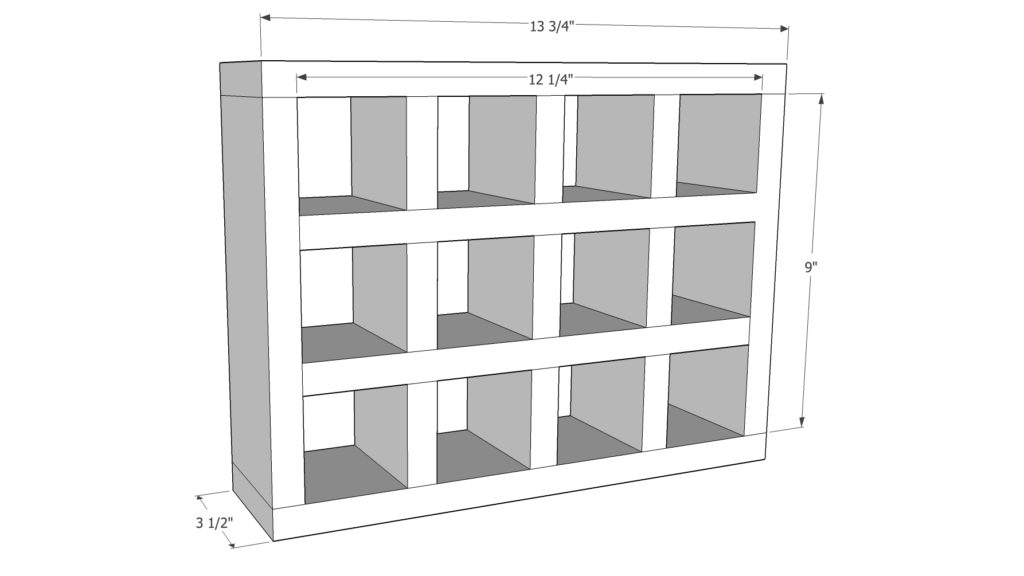
Step by step instructions
2. Water Bottles
I bought a pack of 8oz water bottles at the store that cost me a little over $3 for a 12 pack. For the same amount of money, I found a comparable screw container…just one!
Be sure to drain the water out of them and allow them to be upright overnight, preferably in a manner that will allow air to get inside the hole. In the video, I cut the top of the package allowing me to remove the caps so that I could store them ALL upside down at once.
3. Notching
We’ll notch out each of our five boards on the bandsaw, stacking them and measuring the tops. Be sure to download the “measuring chart” PDF in the printout section at the top of this page. or watch closely to the video.
I went a little over half the distance of the 1×4’s as I notched each of the channels out, ensuring that later on they wouldn’t bump into each other.
4. assembly
Assembly should be pretty straight forward at this point. Knock them together (carefully, 1×4’s can crack). No glue should be needed for these. Then we’ll add the frame and you can either screw or nail the boards in…but do not use glue! End grain and gluing is usually a very bad combination.
5. holes and tagging
I grabbed the largest washer that I had (it’s probably an inch and a quarter in diameter) and removed the zinc off the surface by heating it up outside of my shop. Be very careful when you heat up zinc that you don’t breath in the fumes. Outside is always the best place to remove it.
With the zinc removed, I heated the washer and gouged the side of the lid, closest to the top of the spout. Then I put the lid back on and added tags that you can download at the printout section at the top of this page.
And that…is pretty much it!
Tip Jar
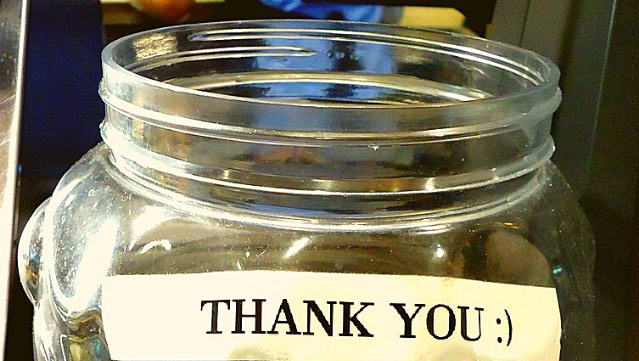
If you’d like to support me through Patreon, you’ll get these benefits:
- Weekly exclusive video
- Early Access to both my Make Things and Let’s Make Things Channel
- Get recognition at the end of each of my main channel videos for your contribution
- A free Awl
- Secret Project Updates
- Get help for projects you’re working on
- Contest opportunities
- Free Gear Stool plans
If you found any errors on the page, please contact me and let me know!
